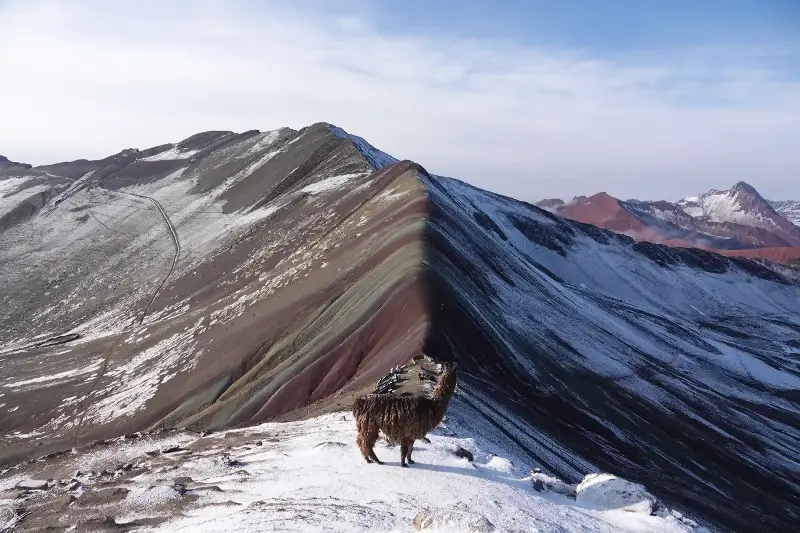Dark Skies, Dazzling Stars: The Atacama’s Nocturnal Magic

Imagine a night so clear and crisp you can see the Milky Way curling across the inky heavens. The Atacama Desert, stretching across northern Chile, is the driest non-polar desert on Earth—and also one of the planet’s greatest natural observatories. What makes its winters so special? During the South American winter months (May to August), the Atacama’s high altitude, nearly zero humidity, and almost total lack of light pollution create the ultimate stargazer’s paradise.
Under this silent celestial dome, more than 80% of nights are cloud-free. Visitors find the cosmos bursting into view: clusters, nebulae, and shooting stars appear in almost unreal detail. Locals and travellers often gather for guided astronomy tours, using powerful telescopes and ancient Incan legends to make sense of the glittering constellations. The Atacama’s “star parties” are as much about community and culture as they are about science.
Highlights of the Atacama’s night-time culture include:
- Visits to giant observatories such as ALMA and Paranal, where leading astronomers unlock the universe’s mysteries
- Traditional indigenous storytelling, connecting the night sky to ancient Andean beliefs
- Cosy hot springs under the stars—imagine soaking outdoors, warm against the desert chill, while comet tails streak overhead
It’s a reminder: sometimes, the world’s most magical sights are best experienced after dark.
Warmed by History: Cusco’s Cosy Winter Charm

While the Atacama basks under open skies, highland Cusco cradles itself in a unique mountain embrace. Once the imperial heart of the Inca Empire, Cusco’s stone streets and adobe houses glow golden in the clear winter light. Despite chilly mornings and brisk evenings, the city is alive with warmth—from both its people and its colourful traditions.
June and July mark Inti Raymi, the Festival of the Sun, an Andean winter solstice ritual with roots centuries deep. On these days, Cusco transforms into a stage for pageantry: vivid costumes, resonant panpipes, and energetic parades swirl to honour the Sun God. Locals and visitors bundle up in soft llama-wool scarves, sipping hot chocolate or a cup of spiced ponche as children fly rainbow kites in the Plaza de Armas.
Key cosy highlights in wintertime Cusco include:
- Markets bursting with crafts and local flavours—from alpaca hats to piping hot quinoa soups
- Evenings by a crackling fire in heritage hotels, their walls echoing Inca stones and colonial stories
- Day trips to mystical nearby ruins, such as Saqsaywaman, where sunrise rituals unfold above the frost
In Cusco, every day feels wrapped in layers of history and hospitality—a tapestry woven from sun, stone and smiles.
Stories Woven Across the Andes
What unites the Atacama’s endless celestial vault and Cusco’s snug cobbled corners is a profound Andean appreciation for both nature and community. In these places, winter is not simply endured—it’s celebrated. Nights invite stargazing and storytelling; days call for festivals, feasting and vibrant markets. The interplay of the cosmic and the communal, the ancient and the now, is felt everywhere you go.
Let yourself imagine: Do those same constellations watched by Atacameño astronomers inspire the Inca descendants in Cusco today? Perhaps, across the chilly, wind-swept passes of the Andes, shared wonder weaves a thread as ancient as the mountains themselves.
What winter wonder might you discover if you look to the stars, or wander sunlit alleys, somewhere high in the Andes? The story—much like the night sky—is as endless as you dare to explore.
